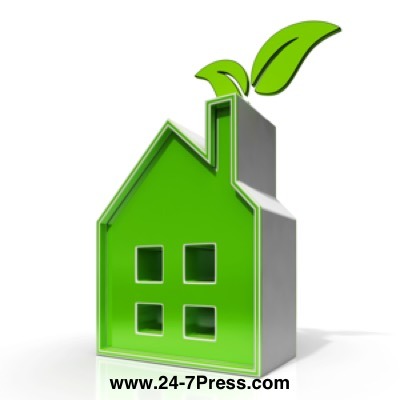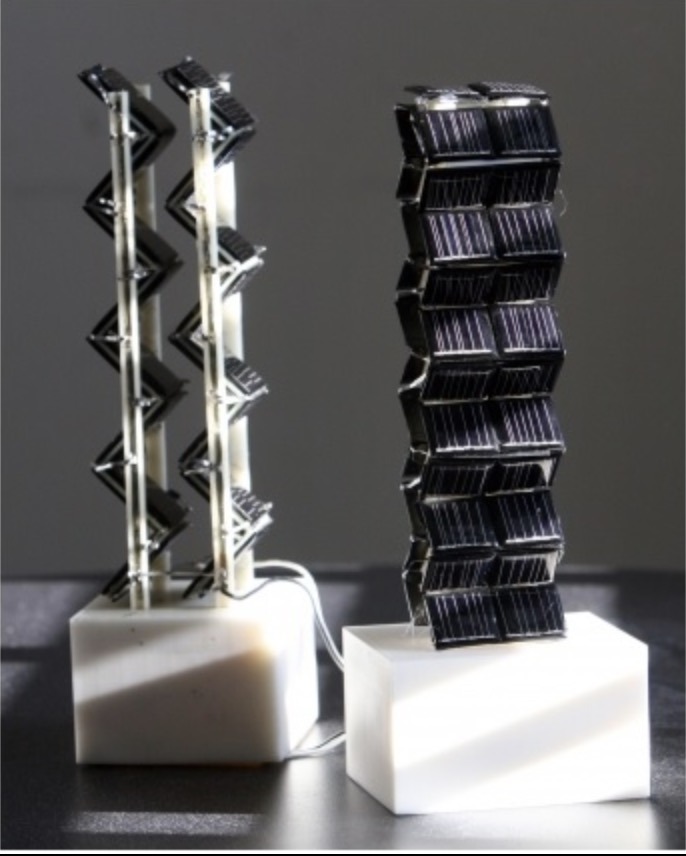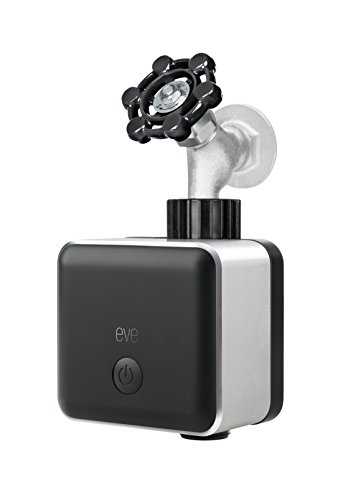How to Equip Your Eco Friendly Dream Home

Climate concerns, cost savings, unique and efficient design; the growing interest in environmentally conscious housing solutions comes with a mashup of motivations but at the end of the day why doesn’t much matter: eco green house features are a benefit to everyone. Whether you’re designing an efficiency first home from scratch or planning to renovate one environmentally friendly home design feature at a time, there are a multitude of ways you can have a positive impact via both interior and exterior improvements. We’ll cover everything from the ultra high-tech to creative DYI alternatives. Whatever your budget, whatever your goals, your blueprint for environmentally friendly housing can be found below.
Green Roofs: Go Green from the Top Down
Green roofs have numerous benefits; they promote cooling by reducing heat flux through the roof, diminish storm runoff and its knockon effects, and when properly cared for have a lifespan of up to 50 years (triple that of conventional roofs). Some cities even offer tax incentives for installing a green or living roof. You’ll probably want to consult a pro before you start ripping off shingles as there are important considerations including roof design and the types of flora best suited to your location. However, when you’re ready to get your hands dirty, the internet is full of DYI green roof design ideas.
Solar Energy: Invest in Sunshine
The energy grid is exhaustible. The sun is not. Solar is a reliable source of energy that will save you tons of money in the long run and leave you less tied (if not entirely free) of the energy grid. Bulky solar panels are probably the first image that comes to mind but in recent years leading manufacturers have introduced sleek energy efficient options. Even better, green roofs and solar installations work in harmony. The microclimate created by a living roof keeps the solar panels cooler and helps extend their longevity.
Advertisement
Cut power bills by 65%. The solar energy companies don’t want you to know about this. Build this DIY solar power plant for less than $200.00 and never be without power. It will take up only 4 feet by 4 feet. Detailed instructions and parts list included in plans.
Natural Light and Ventilation: Take Advantage of Nature’s Gifts
Before you start researching energy efficient light bulbs, throw open a window and let the sunlight pour in, feel the breeze fill the room, now imagine the savings you could realize by taking advantage of solar and wind for your lighting and cooling needs. Natural light significantly reduces dependence on artificial lighting and by extension lowers electricity and HVAC costs. How would a French Door look on that wall? How would a skylight look in the bathroom? Find ways to bring the outside in.
Water Conservation: Indoor & Outdoor Techniques and Technology
Water conservation is one of the simplest and most impactful ways have a greener home and greener lifestyle. Low flow faucets, showerheads and toilets are widely available and inexpensive. If you have an older home be sure to proactively check for leaks throughout the house as those drips and drops add up fast. Moving outside consider installing a smart irrigation system that you can control from your phone or build a DYI drip irrigation system using harvested rainwater.
Geothermal Heating: Dig Deep to Keep Warm
Geothermal heating draws heat from the ground beneath your feet and redistributes it throughout the house. It is a renewable energy source, highly effective, and geothermal systems are on average 400%-500% more efficient than traditional systems. So why isn’t everyone tapping into this incredible heating and cooling resource? Cost. Installing a geothermal system in a new or existing home costs 20-25k. It’s a big hit up front but if you’re planning to stay put, it’ll pay off over time.
Pellet Stoves: Burn Biomass and Save a Few Trees
Pellet stoves are an eco friendly and budget friendly heating alternative. The pellets are made of pressed sawdust, a reusable biomass that would otherwise be swept up and discarded by the lumber industry. They emit less smoke and carbon dioxide than traditional wood burning stoves and the density of the pellets and absence of moisture allows them to burn longer and hotter. Efficient, clean burning, and easy on the wallet; a pellet stove is a valuable addition to any eco green home.
VOC-Free Paints: Eco Friendly Walls Inside and Out
Some of the most dangerous toxins in your home are literally painted on the walls. Making the switch to non-toxic indoor and outdoor paint is a healthy choice for the environment and your own health and wellness. Natural paints are made from materials like linseed oil, plant based dyes, clay and milk protein. They create a micro-porous surface that allows the walls to breath preventing issues with dampness and allergens common with chemical based paints. The cost is slightly higher but that will be more than offset by the benefits.
Salvaged Materials: Make Something New out of Something Old
Taking the time to seek out reclaimed wood, metal and fabric is a great way to creatively avoid relying on mass manufactured building materials. Any material you can reuse is beneficial, however, non-chemically treated wood, bamboo, cork and hemp are among the most environmentally friendly building materials available.
Think Smaller: How Much Space Do You Really Need?
The tiny house movement, shipping container homes; scaled-down housing options are gaining in popularity and not only for budgetary reasons. Smaller living spaces are easier to design and renovate for lower environmental impact. Less space equals less heating and cooling. Less space equals less artificial light. Less space equals less water usage. All the ways in which you can conserve and save are augmented by simply living a little smaller.
Environmentally friendly home design is a vital step towards creating a green, sustainable home environment. It will reduce your carbon footprint, reduce your overall costs and hopefully inspire others to follow you into the eco green house lifestyle. Continue to look for ways to inspire yourself. Add plants and flowers to increase shade and reduce cooling costs, avoid plastic products (especially single-use plastic) whenever possible and switch to non-toxic cleaning products like baking soda and vinegar. Maintaining environmentally friendly housing isn’t difficult if you consistently challenge yourself reduce, reuse, recycle and conserve.








One Response